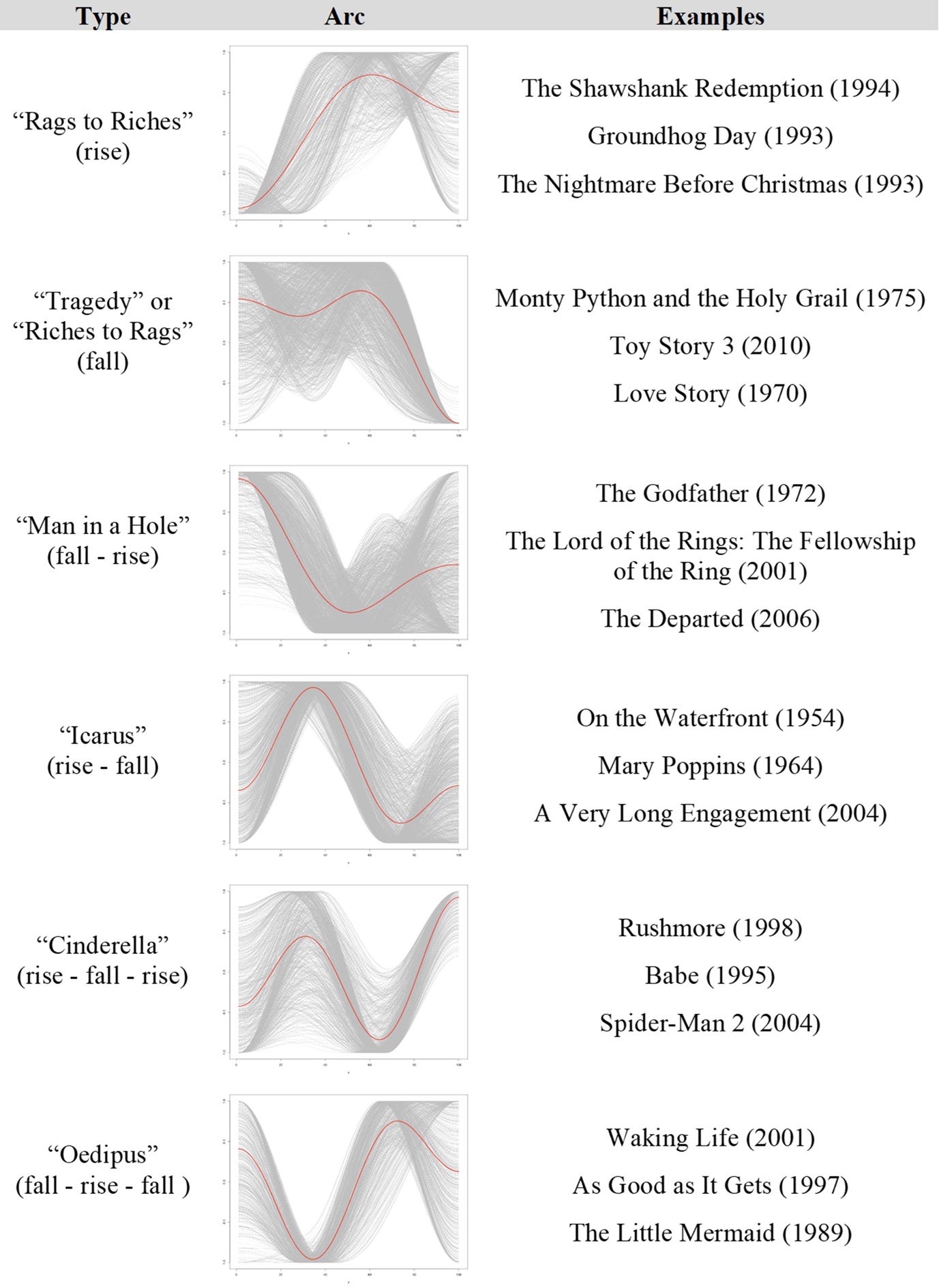Moneyball for the movie industry
Most people by now have heard of the data revolution in sports, popularised by the book turned movie “Moneyball”. Today, most professional sports are played very differently than thirty or forty years ago when I was young. Yet, the stars of yesteryear still don’t seem to understand why the game has changed as I realised when I watched this video of the NBA heroes of my youth.
The thing is that using statistical analysis to develop the best game plan sometimes leads to counterintuitive results. That is not because the statistical analysis is flawed but because humans are bad at statistics. When former NBA players complain that the big guys no longer go into the zone but instead take 3-point shots where they give up their physical advantage and have “only” a 50% chance of scoring shows that this person isn’t good at maths. If you score 50% of your 3-pointers, you need to score 75% of your 2-pointers just to get to the same score. And even the best big guys had a success rate of 80% or so. Now add to that that it is harder to get the ball to a big guy under the basket who is heavily defended than to the same guy standing in the 3-point zone and it is immediately clear that taking 3-point shots is the better option.
Something similar probably is already happening in the movie industry. Hollywood has become increasingly risk averse, which is why it focuses on making movies with a built-in fanbase like the Marvel comics franchises.
But what if you are a run-of-the-mill millionaire and you love the movies and want to give independent filmmakers or newcomers a chance? What kind of movie should you produce? This clearly is such a common question among my readers that I had to investigate it to provide the practical real life advice this blog is known for.
Thankfully, a group of researchers from the UK examined the profitability of more than 6,000 movies by the type of storyline they had. They relied on the famous story arcs described by Kurt Vonnegut. If you don’t know about these you can watch a brief lecture by him here:
But here is a short explanation of the six main story arcs
The six most common story arcs
Source: del Vecchio et al. (2019).
Interestingly, most movies the research analysed followed the “Man in a Hole” arc of a fortunate person, beset by trouble before the problems are overcome and a happy ending sets in. This is closely followed by the “Riches to Rags” storyline of emotional decline. Together, these two story arcs make up for some 50% of all movies.
But are these two storylines really the best ones? One might think that Hollywood producers have figured out over time which movies are going to be most successful either at the box office or with critics (and ideally both). But it turns out that humans are again bad at statistics because the “Riches to Rags” story arc is neither successful at the box office nor with critics. In terms of gross US revenue in theatres, movies that follow these story arcs made about $3m less than the average movie. People just don’t like a sad story. But critics do. The average critic rating of these movies was higher than for all other story arcs.
Meanwhile, the “Man in a Hole” story arc is what producers should go for if they are interested in commercial success. On average, these are the most successful movies at the box office, creating an additional $6m in gross revenues at the box office compared to the average movie. Unfortunately, if you produce such a movie, you have to brace for poor critics’ reviews. The “Man in a Hole” storyline has significantly worse critics ratings than any other story arc.
But revenues and critics’ reviews are one side of the story. What about the costs? It turns out that the authors of the study could not find a correlation between budgets and gross revenues. That holds true for every story arc and for different budgets from high to low. Thus, on average (and I stress the words “on average”) if you want to make a commercially successful film that has high revenues independent of your budget, you should go with a “Man in a Hole” storyline. If you are a millionaire who wants to become famous for producing critically acclaimed movies, you should go for a “Riches to Rags” storyline. But it seems it is either-or. Getting both commercial success and critical praise is very hard indeed.




